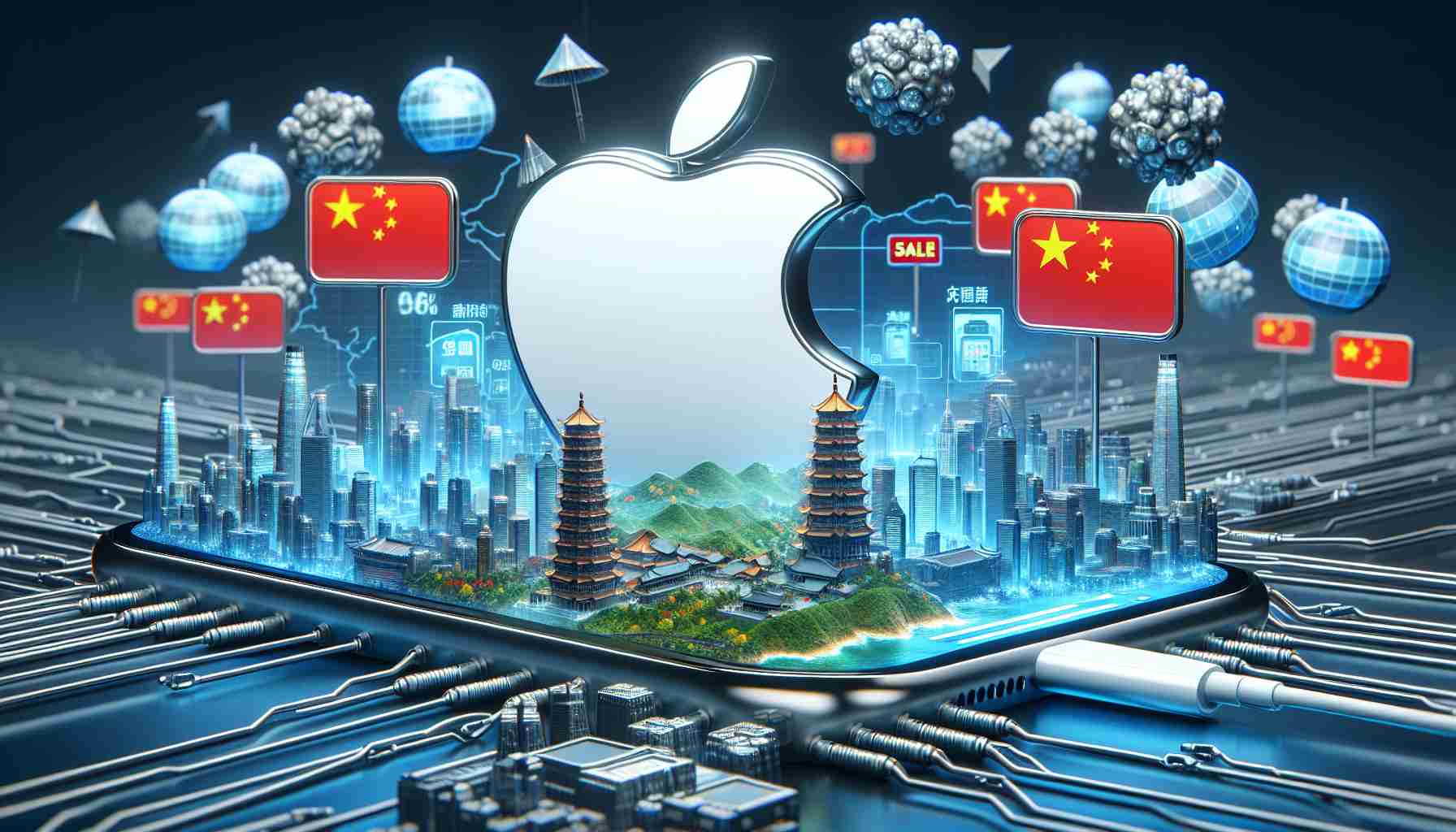In recent years many smartphone manufacturers have struggled, with Apple standing out as the exception due to its surprising strategy of offering even more expensive iPhone models. As other companies saw revenues and profits decline amidst economic instability, Apple’s average selling price of iPhones increased, capitalizing on the growing popularity of their Pro models like the iPhone 14 and iPhone 15.
Challenges and Strategy Shifts
However, reports are indicating tougher competition in China, where Huawei’s resurgence contributes to the surge of Android phone sales over the iPhone 15. This competitive pressure led Apple to unexpectedly cut the price of the iPhone 15 in China ahead of launching the iPhone 16, stirring global interest about whether price cuts might be offered worldwide, not just in China.
Discounts and Prospective Plans
According to Reuters, Apple’s discounts in China reached up to 2,300 yuan ($318) for certain iPhone models. The promotional campaign is more significant than similar efforts in February, offering the best deals on iPhone 15 Pro Max 1TB amongst other models. For example, the iPhone 15 Pro Max 256GB saw a reduction to 7,949 yuan ($1,199) from the original price of 9,999 yuan ($1,382) in September, whereas the iPhone 15 128GB model came down to 5,999 yuan ($829) from 5,999 yuan ($636).
Following a previous discount phase in February, where select iPhone 15 models were reduced by up to 1,150 yuan ($159), a subsequent 12% increase in shipments was observed in March. This marked a considerable improvement from the 37% drop in sales witnessed at the beginning of the year.
Global Implications
Considering the unique nature of the Chinese market, BGR suggests that Apple might experiment with similar strategies in other markets in the latter half of the year. Usually, iPhone sales peak during the first and second quarters following a new release. However, sales typically slow down in summer as consumers wait for the next-generation models.
If Apple were to extend its promotion strategy randomly throughout the year in international markets, it might sustain sales momentum as older models approach discontinuation. Such promotions could attract new iPhone users or those hesitant about upgrading. Even without matching China’s aggressive pricing, this strategy could substantially boost iPhone sales. As Apple prepares to roll out the iPhone 16, such a strategy might also retain a loyal customer base, a significant shift from the brand’s traditional stance of maintaining firm pricing with no promotional discounts.
Relevant Additional Facts:
– Apple has a history of maintaining premium pricing for its products, relying on brand loyalty and a premium ecosystem to ensure sustained demand. This ecosystem includes services like iCloud, Apple Music, and the App Store, which encourage users to remain within the Apple domain.
– As of my last update in early 2023, China is the biggest smartphone market in the world. A price cut strategy in such a market can potentially impact global pricing and marketing tactics.
– The introduction of 5G technology may influence smartphone purchasing decisions, with consumers looking to upgrade to devices that can leverage faster data speeds. Apple has been incorporating 5G capabilities in its iPhone models starting with the iPhone 12 series.
– The global semiconductor shortage has affected smartphone manufacturers by increasing production costs and causing delays. Apple has been relatively successful in managing its supply chain, but broader market impacts might still influence pricing strategies.
Key Questions and Answers:
– Why would Apple consider price cuts in China? Apple may consider price cuts in China to combat intense competition and to respond to local preferences and market trends, which may currently favor more affordable options.
– How do price cuts fit into Apple’s long-term strategy for market share? Price cuts can attract a wider customer base and defend market share against competitors, especially in a highly competitive and price-sensitive market like China. However, it is not traditionally Apple’s approach to engage in price-cutting, focusing instead on the perceived value of its brand and products.
– Could Apple’s price cuts in China influence its pricing strategies in other markets? While China’s price cuts could be a localized strategy, they could still set a precedent or test bed for price adjustments in other markets where Apple faces stiff competition.
Key Challenges or Controversies:
– The challenge for Apple is balancing its premium brand image with competitive pricing, especially in markets dominated by lower-cost competitors.
– Another controversy could stem from long-time customers who purchased products at full price and may feel slighted by subsequent price reductions.
Advantages of Apple’s Price Cuts in China:
– They could increase short-term sales and clear inventory before new product launches.
– Price adjustments might help Apple maintain competitiveness against local brands.
– They can attract price-sensitive consumers and possibly convert them into long-term Apple users.
Disadvantages of Apple’s Price Cuts in China:
– Could potentially dilute Apple’s premium branding.
– May set expectations for future discounts, leading to customers withholding purchases in anticipation of price cuts.
– If not executed carefully, could hurt profit margins.
For more general information about Apple, follow the link to the main domain: Apple. Please note that specific promotions or pricing information can be subject to change and should be verified with the most current data offered by Apple or reputable news sources.
